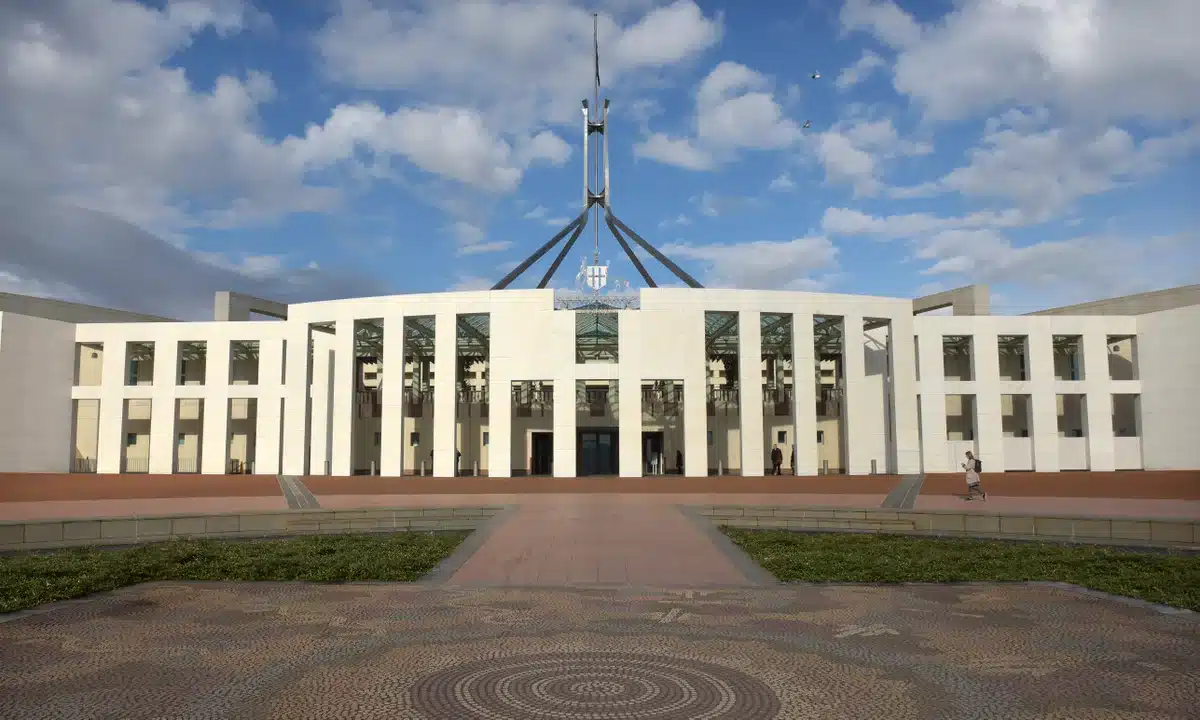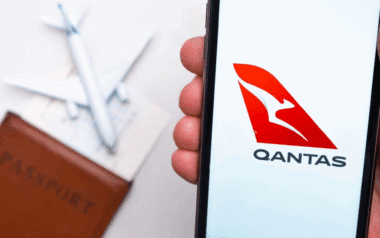Australia’s opposition leader, Peter Dutton, has pledged to cut thousands of public service jobs in Canberra, reviving a debate over government efficiency and spending.
While details remain scarce, Dutton has pointed to roles in diversity and inclusion, change management, and internal communications as potential targets, arguing that such positions do not directly benefit everyday Australians.
This announcement comes as the Australian Public Service Commission (APSC) workforce has expanded under the Albanese government, reaching more than 209,000 employees in the 2024–25 financial year.
While Labor argues that these roles have strengthened frontline services and reduced reliance on contractors, the opposition warns of unnecessary bureaucratic expansion.
Growth of the APS under Labor
Since 2022, the Australian Public Service Commission has grown by 36,000 employees, according to government figures.
The largest increases have been in frontline agencies such as Services Australia and the National Disability Insurance Agency (NDIA), as well as new government bodies like the Department of Climate Change and the Australian Submarine Agency.
According to the Australian Public Service Commission, the APS had 185,343 permanent and temporary employees in 2023–24—an 8.9% increase from the previous year.
Many of these roles were previously filled by contractors and consultants, with the government converting 8,816 external positions into permanent public service jobs.
Labor argues that this shift has reduced outsourcing costs and strengthened government expertise, particularly in critical policy areas. However, the opposition contends that the expansion has placed an unnecessary burden on taxpayers.
Lessons from Past Public Sector Cuts
Historical data from the Coalition years provides insight into the potential consequences of public service reductions.
When Tony Abbott became prime minister in 2013, his government pursued an APS hiring freeze, reducing staffing levels by 11,600 in two years. At the same time, the cost of labour hire contracts and consulting services increased sharply.
According to AusTender data, contracts for external personnel more than doubled, rising from $9.9 billion in 2013 to $21.7 billion in 2014. Similarly, spending on consulting services increased from $286.5 million to $418.4 million over the same period.
Despite the Albanese government lifting a staffing cap imposed by the Coalition in 2015, spending on consultancy services remains higher than pre-2014 levels.
In 2024, the government allocated $605.2 million to consulting contracts—an increase from $567.9 million in 2022.
Critics argue that reducing APS roles could once again lead to increased reliance on expensive external contractors. However, the opposition insists that the public sector should operate more efficiently and has not ruled out a continued role for consultants and labour hire.
While Dutton has yet to provide specific details on his proposed cuts, the opposition’s stance is clear: fewer government employees, lower public spending, and a leaner bureaucracy.
Whether this approach will deliver long-term savings or result in higher costs remains a key point of contention in Australia’s ongoing public service debate.









